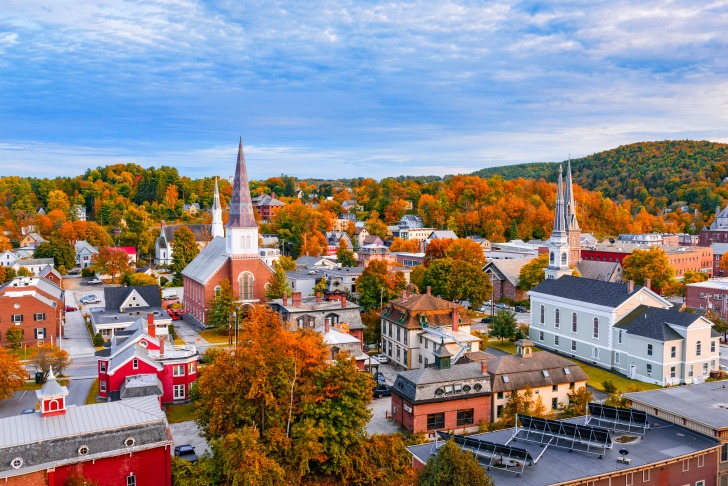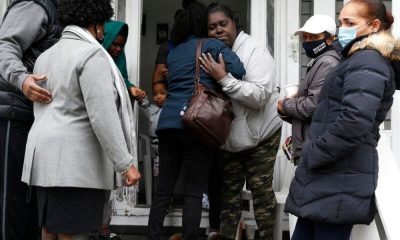Vermont routinely ranks among the greatest states to live in because of its gorgeous Green Mountains, quaint little towns, and emphasis on community. Like every state, Vermont does, however, have its share of towns and cities that provide difficulties for the people who live there. This article looks at five less-than-ideal locations in Vermont, taking into account things like crime rates, cost of living, availability to facilities, and employment prospects.
Important Note: It’s important to keep in mind that opinions vary when it comes to the worst areas to live. While some may prefer the vitality of a more costly location with better job chances, others may prefer the cheaper costs of a less affluent neighborhood. The purpose of this post is to draw attention to locations that present unique difficulties and that should be thoroughly evaluated before moving.
1. Bennington
Situated in the southwest region of Vermont, Bennington has challenges related to social difficulties and economic loss. Previously a center of manufacturing, the town has experienced employment losses and plant closures. Due to the high rate of poverty and dearth of good employment options, this exacerbates societal issues like substance misuse. Even though housing costs are very modest in comparison to other Vermont communities, the area’s low incomes might not be enough to make up for the lack of economic vibrancy.
2. Newport
Newport, which is close to the Canadian border, has stunning landscape but struggles with a lack of job possibilities and a feeling of isolation. The town’s population decline in recent years has further reduced employment opportunities and restricted access to basic products and services. For people who want a more convenient and connected lifestyle, Newport could feel too isolated and undeveloped, even while it appeals to those who are looking for peace and quiet.
3. Barre
Barre, sometimes referred to as the “Granite Capital of the World,” has a long history of granite mining but now faces new difficulties. The city’s housing market is reasonably priced, although it still mostly relies on its historic sector for economic growth. This may result in few employment options outside the granite industry. Additionally, compared to other Vermont cities, Barre has above-average crime rates, which can put off prospective residents.
4. Rutland
Rutland, the third-biggest city in Vermont, faces conflicting realities. Compared to smaller towns, it offers more job prospects, although in recent years, its economy has stagnated. The city struggles with above-average rates of both crime and poverty. Although housing costs are lower than in other of Vermont’s wealthier neighborhoods, the absence of opportunities for economic advancement may provide long-term challenges for locals.
5. St. Johnsbury
Though it located in Vermont’s Northeast Kingdom, St. Johnsbury is a charming historic town that is struggling financially. The town’s core industries have deteriorated over time, although it was once a hub for regional commerce. As a result, the median household income is below average and the unemployment rate is greater. Furthermore, St. Johnsbury can have a sense of isolation, particularly in the hard winter months, so it might not be the best choice for anyone looking for a more cohesive sense of community.
Counterpoint: The Importance of Perspective
Even though the aforementioned towns and cities face challenges, it’s important to recognize that worst is a relative term. When selecting a place to call home, people’s priorities are wildly disparate. Despite the difficulties, the following elements may make life in these places enjoyable for some people:
Conclusion
Although living in Vermont is typically attractive, it does have some less glamorous areas, just like any other region. The towns and communities of Bennington, Newport, Barre, Rutland, and St. Johnsbury that are covered in this article face issues like remoteness, a declining economy, and few employment opportunities. Worst is usually a subjective term, therefore before choosing a place to live, do your homework and weigh your priorities.
Here are some resources to help anyone thinking about moving to Vermont make an informed decision:





























